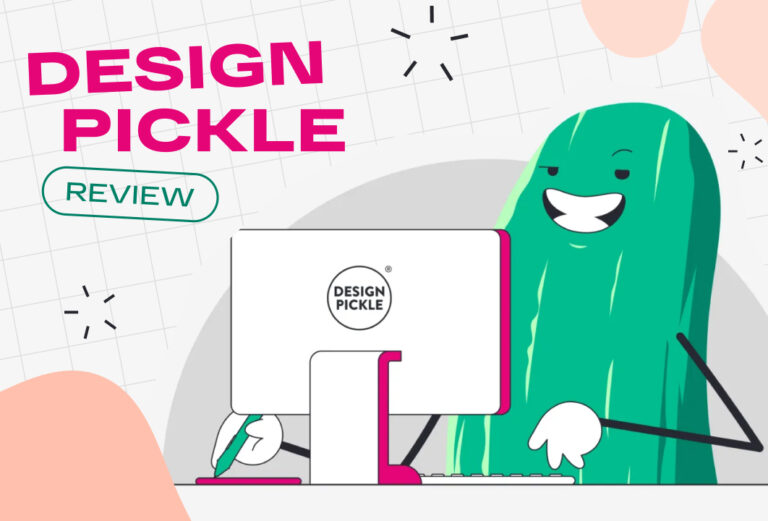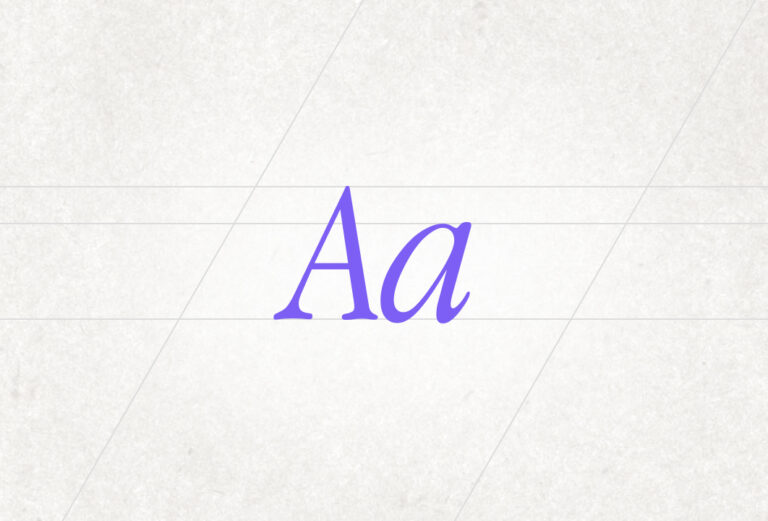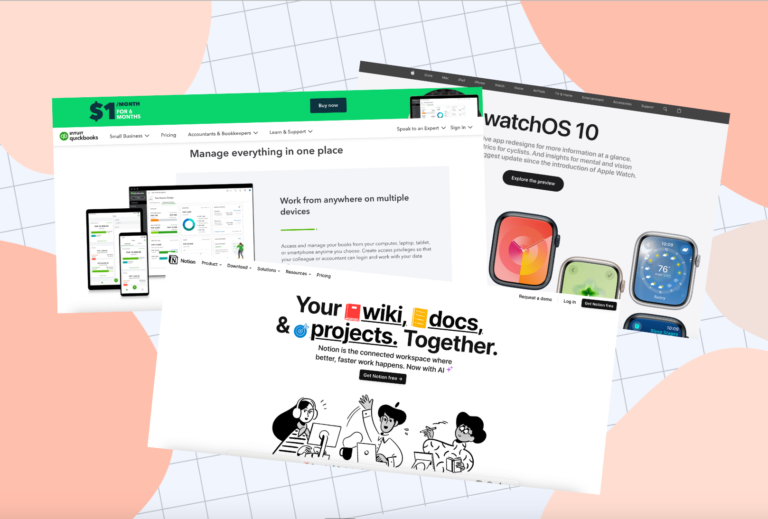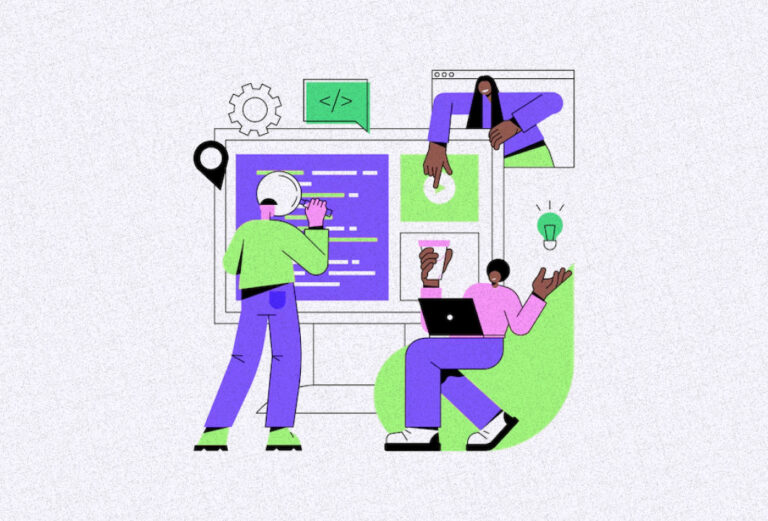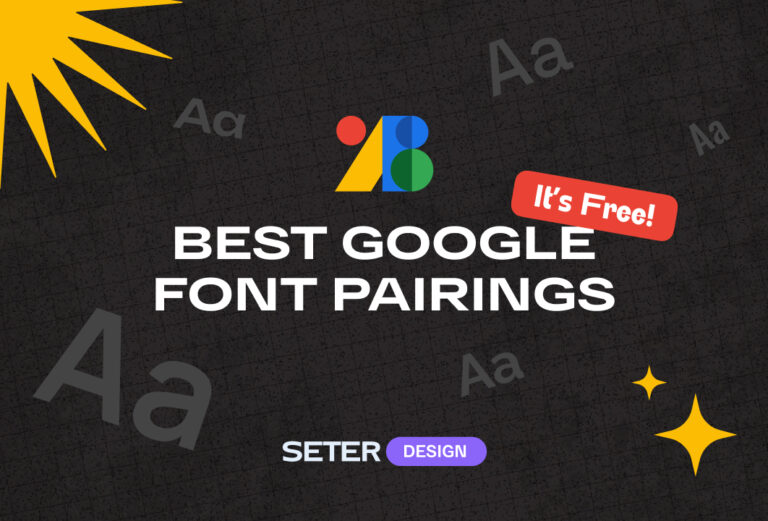
With numerous software, tools, and other technologies brimming the market today, product marketing has never been more competitive. Now, every detail on a packaging design can make or break the success of your product. In this blog, we’ll explore how to maximize the impact of packaging design on creating effective product marketing strategies.
The Importance of Packaging Design in Product Marketing
Packaging design is essential in product marketing because it provides a visible, tangible reflection of a brand’s identity and value. It is the first point of contact with customers and can draw interest, disseminate knowledge, and arouse feelings. Effective container design may provide a positive impression, set products apart from rivals, and affect consumer choices. It conveys product attributes, advantages, and brand ideals while evoking quality and authority.
Investing in innovative and impactful packaging design is vital to stand out in the market. Aside from this, it can also help your brand build a strong brand presence and optimize sales potential as customers become more visually oriented and picky.
Creating Packaging Design for Your Products
Making the packaging design for your products requires ample planning. Here are some tips on creating the most effective packaging design for your products that will generate revenue.
Understanding the Target Audience
Design professionals may create packaging that resonates with and appeals to the intended consumers by digging into their preferences, needs, and behavior. Key demographic information, consumer behaviors, and psychographic characteristics can be found by conducting thorough market research. With the help of this information, the design team may select fonts, images, and colors that reflect the tastes and values of the target audience.
Louis Vuitton understands that they have high-end clients. For this reason, each part of their packaging, including their paper bag, feels sturdy and sophisticated.
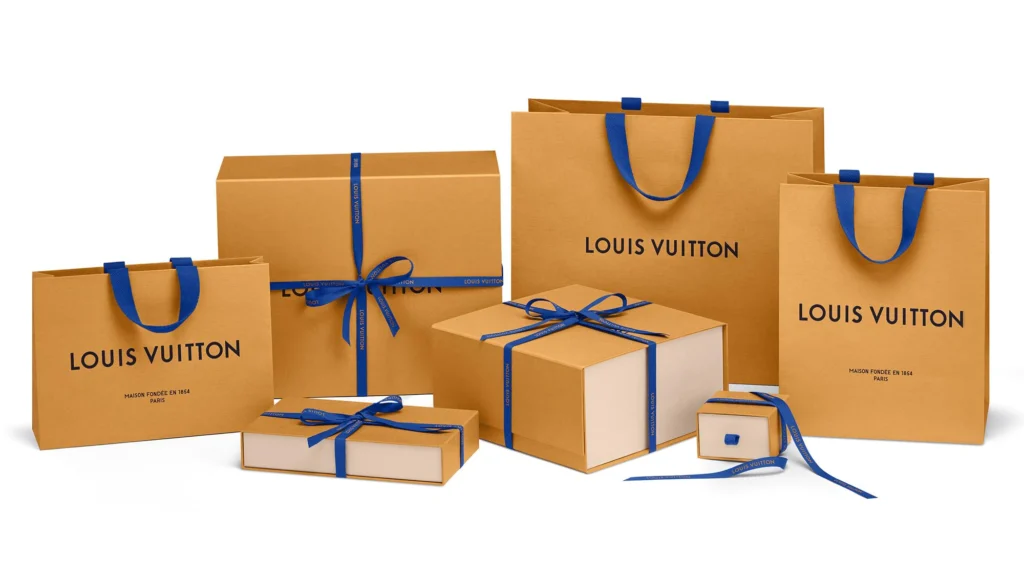
Defining Brand Identity and Positioning
A brand’s packaging acts as a physical representation of that brand and should be consistent with the brand’s personality, fundamental values, and market positioning. Designers should build packaging that perfectly captures the soul of the brand by explicitly defining the brand identity, including its USPs, target market, and desired perception. Consistency across all touchpoints, including packaging, increases consumer trust in a brand. The packaging design process is guided by a clearly defined brand identity and positioning, ensuring that aspects like colors, typography, and imagery are harmonious with the brand and provide consumers with a lasting and significant impression.
To learn more about brand identity, read How Professional Graphic Design Enhances Brand Identity for Companies.
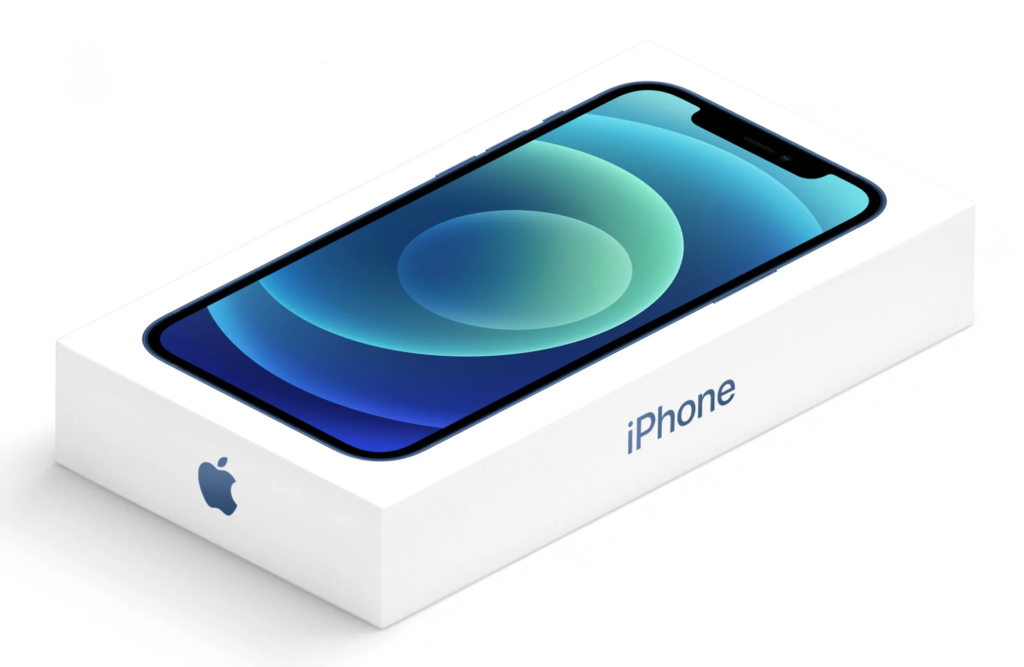
Creating a Compelling Visual Design
Apple’s packaging across its products remains minimalist and modern, which are exactly the selling points of their products. Less on the flair and more on the feature.
To fully understand how you can create a compelling visual design of a product packaging, let’s go through each visual elements.
Colors
They can elicit feelings, communicate ideas, and alter consumer perception. The success of a product can be greatly influenced by the careful selection of colors consistent with the brand’s identity and the preferences of the target audience. Cool colors like blue and green can generate tranquility or freshness, while warm colors like red and orange represent vigor and excitement. Color psychology and cultural connotations should also be considered to ensure the container design appeals to the target market.
To learn more about color psychology, read Choosing the Right Color Palette for Branding and Marketing Materials.
Glossier maintains pastel colors across its product packaging. This allows them to invoke the idea of youth towards their products, which is synonymous with beautiful skin.
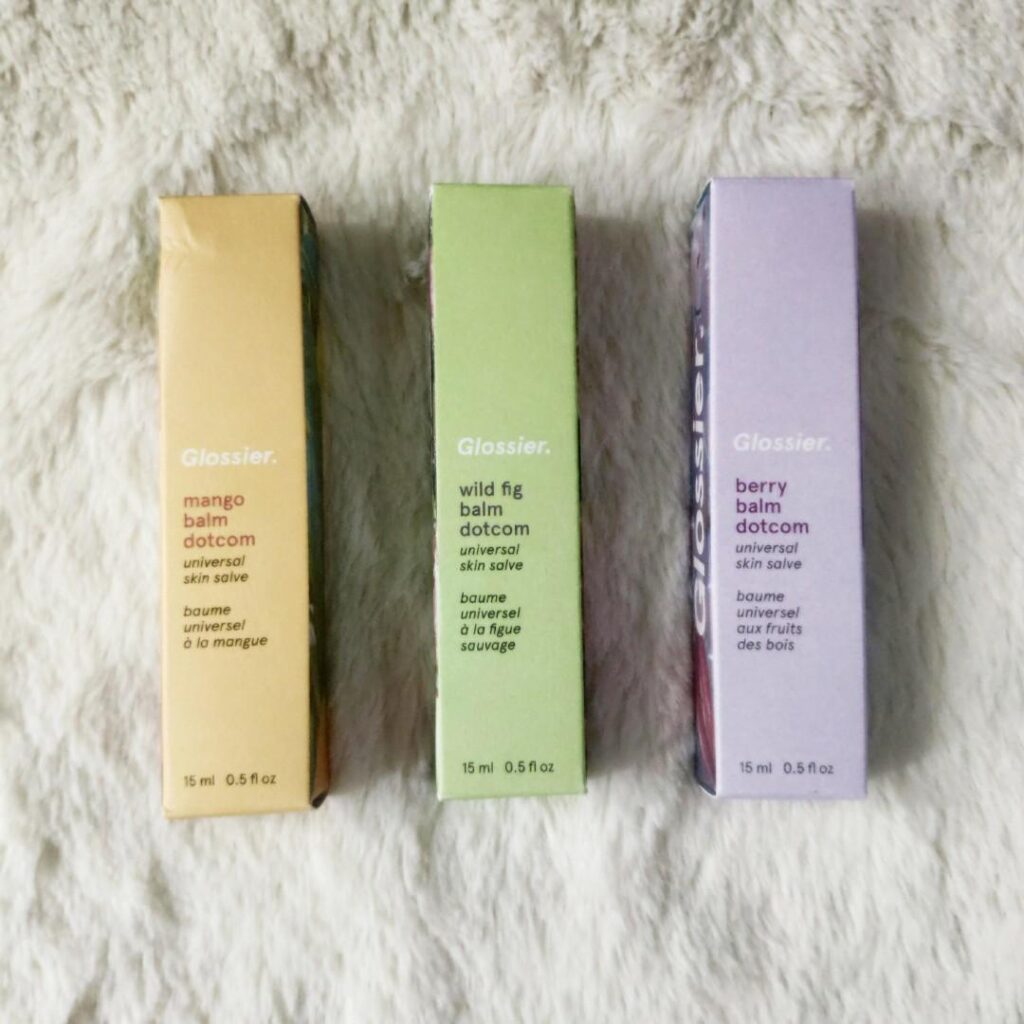
Typography
It includes the text elements’ placement on the packaging and the typefaces, styles, and arrangements used. Typography enhances the packaging’s visual appeal, legibility, and brand identification. Whether the business has an elegant, humorous, or aggressive personality, the appropriate font may convey that. Additionally, it assists in clearly and attractively expressing crucial information such as product names, slogans, or critical features. Using consistent font across many packaging variations improves brand recognition and creates a seamless brand experience.
To learn more about the impact of typography, read Utilizing Typography to Convey Brand Personality in Design: A Comprehensive Guide.
Nike uses sans serif font to express the idea of modernity and innovation in their products. The same goes for the packaging.

Imagery
Visual components, like product photos, illustrations, or graphics, can draw in viewers and present crucial details about the product. Compelling imagery can arouse feelings, pique interest, and build a strong connection with the intended audience.
This box used the image of a dog strategically. It gives the impression to fur parents that their parents would be happy if they switched to Cesar.
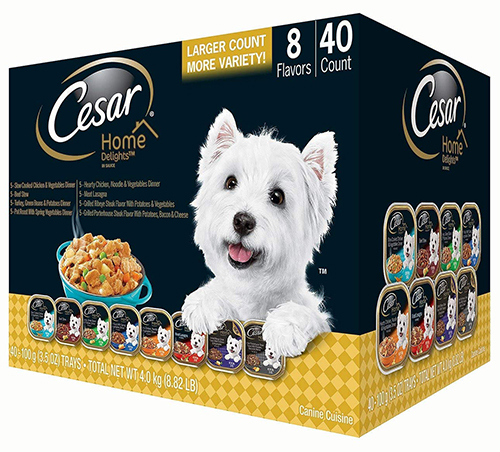
Visual Hierarchy
Design elements must be arranged and prioritized over others to direct the viewer’s attention and effectively and intuitively convey information. Visual hierarchy draws attention to vital aspects like the product name, brand, or crucial features by intelligently using size, color, contrast, and positioning. It makes the information hierarchy clearer and ensures that the most important facts are quickly visible and comprehended. Visual hierarchy also improves the packaging’s overall aesthetic appeal and readability, making it more captivating and memorable for consumers.
While Pampers has been a household name in the niche of baby diapers, its current packaging could use more visual hierarchy. Since the text on the packaging uses the same font size and style, buyers can’t focus on the key information of the product.
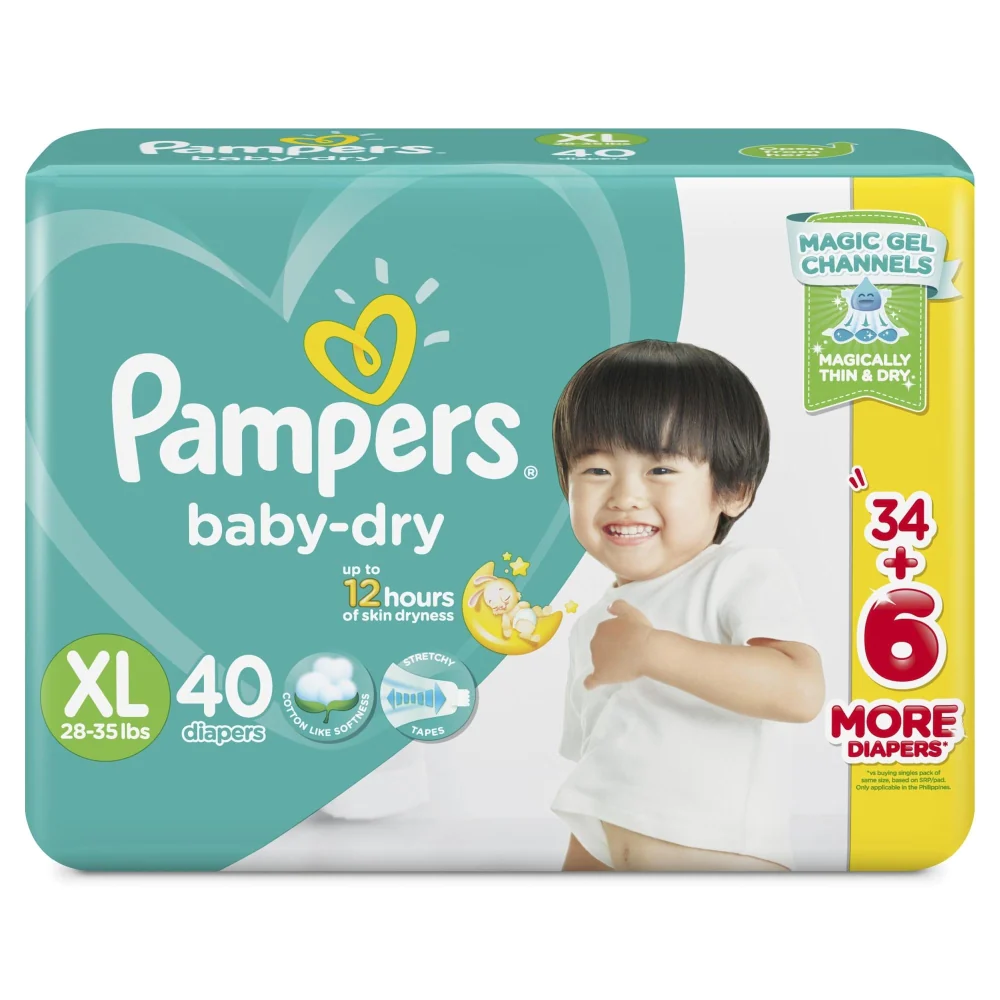
Graphic Elements and Illustrations
Graphic elements and illustrations have the power to draw viewers in, communicate brand identity, and create a narrative. Packaging design may provide a lasting and distinctive impression by using unusual and aesthetically pleasing visuals or pictures. These components can be utilized to improve a product’s visual attractiveness, highlight its features, or persuasively explain how to use it. Additionally, helping the product stand out on the shelf amid rival products are graphic components and images, which aid with brand awareness and distinctiveness.
To learn more about custom illustrations, read Exploring the Benefits of Custom Illustrations in Marketing Materials.
The addition of flowing water on JBL’s box shows how powerful the audio of the speaker is. Without it, the image would remain flat and bland.
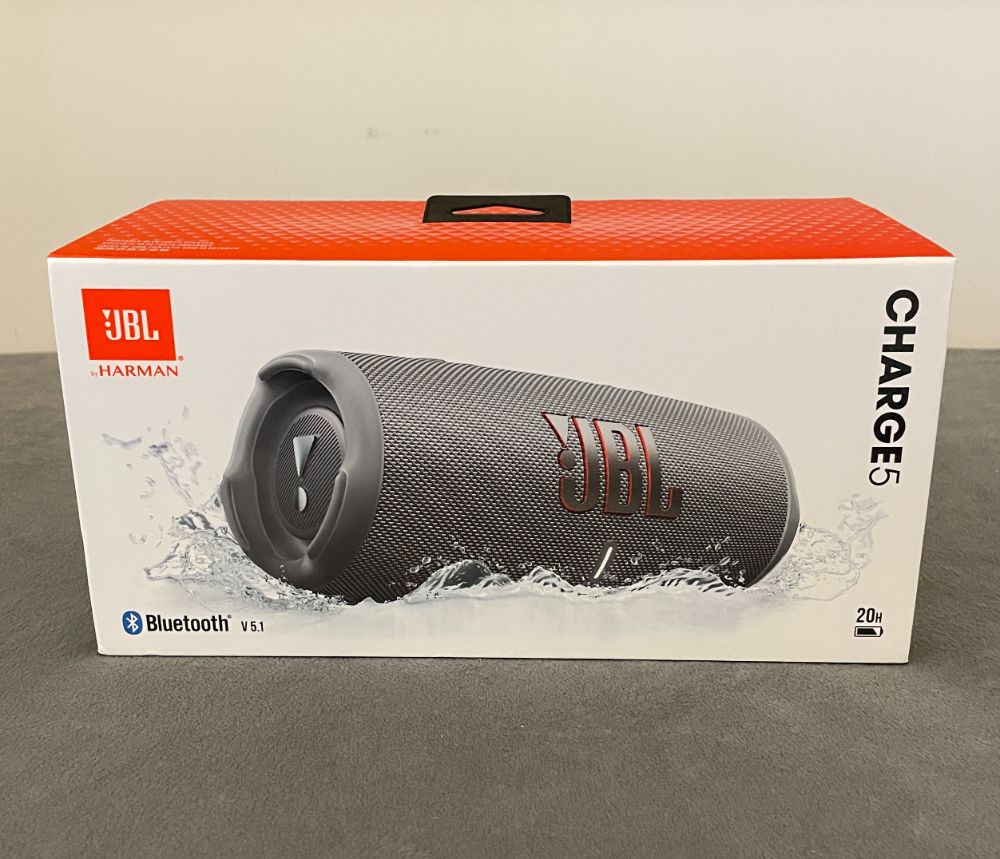
Optimal Packaging Structure and Functionality
The packaging structure should be created to safeguard the product during handling, storage, and transportation, guaranteeing it reaches customers in pristine shape. It must be simple to open, use, and reseal if required, offering comfort and a satisfying user experience. The package’s size, shape, and material should also match the product’s characteristics and the preferences of the intended market. A well-designed structure improves shelf visibility, makes efficient stacking easier, and makes the most available space.
While the luxury wine La Fiole Châteauneuf-du-Pape definitely appeals to the eccentric side of wine drinkers, its packaging isn’t that convenient. Drinkers may find it difficult to pour themselves a glass because of the irregular shape of the bottle.
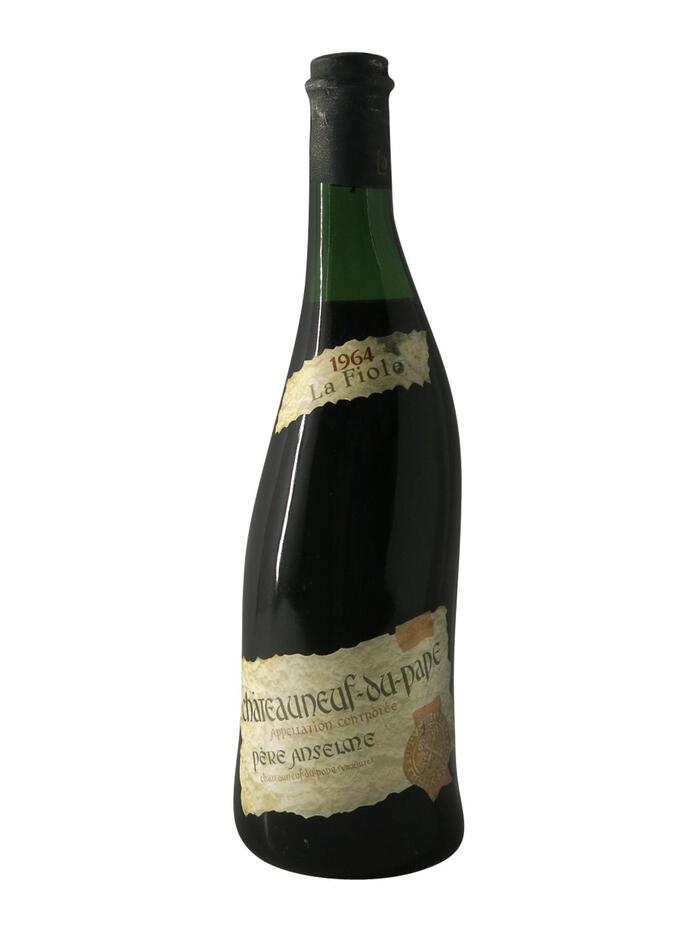
Communicating Product Information
Consumers can learn important information about the product from the packaging. Consumers are more likely to understand a product’s major features, advantages, and usage guidelines if the messaging is clear and succinct. Visual cues like infographics or symbols can communicate information more quickly and intuitively. Additionally, clear and ordered information makes it easier to read and understand.
Einmilk has one of the most impressive packaging designs when it comes to communicating product information. Instead of adding countless information like other baby formula milk, it just focuses on the nutrients buyers can expect from the product.
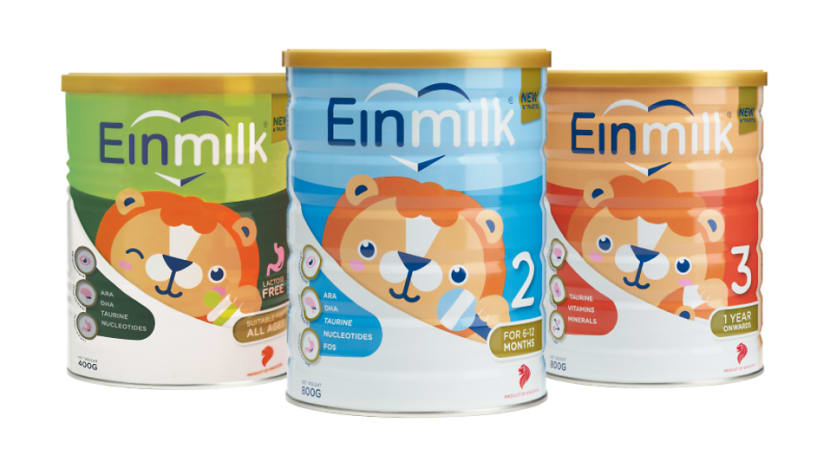
Eliciting Emotional Connection
Packaging can stir feelings, connect with customers, and leave a lasting impression. Packaging design can have a significant emotional impact by including features that speak to the target audience’s desires, values, and aspirations. This might be accomplished using hues, images, typography, or narrative components that arouse fond memories or favorable associations.
While this packaging is definitely appealing to the eyes, the company’s choice of using an illustration rather than an actual photo of a cat may not work to its advantage. Pet owners love to see animals, so by using an illustration, they’re missing out on the opportunity to build an emotional connection with their buyers.
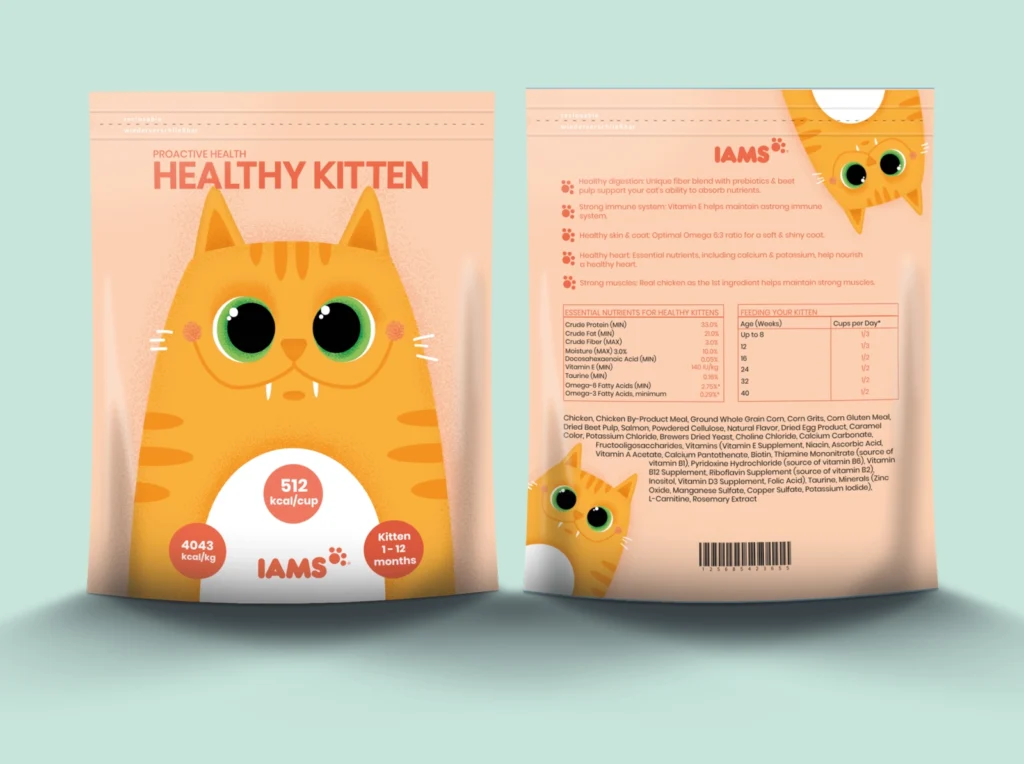
Standing Out on the Shelf
Packaging design is crucial in drawing them in in a congested market where many products compete for customers’ attention. Packaging can set itself apart from rivals by applying distinctive and eye-catching design elements, such as vivid colors, eye-catching shapes, or eye-catching typography. A visually appealing design makes the product stand out, arouses interest, and increases the chance that customers will engage.
This product packaging definitely stands out on the shelf. It concealed the tricky part of headset packaging and turned it into a selling point.
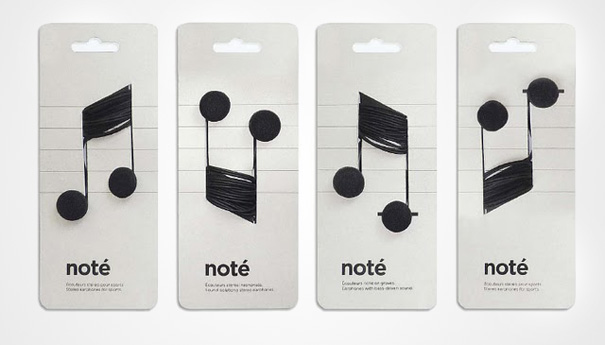
Iterative Design and Testing
Designers can hone and improve the packaging based on user input and data insights by employing an iterative design process. To make sure that the packaging design matches the needs and preferences of the target audience, conducting user testing and obtaining feedback helps discover areas for improvement.
Pepsi products have undergone numerous changes over time. For this reason, it’s imperative for their team to always track the reception of customers towards their new packaging designs.
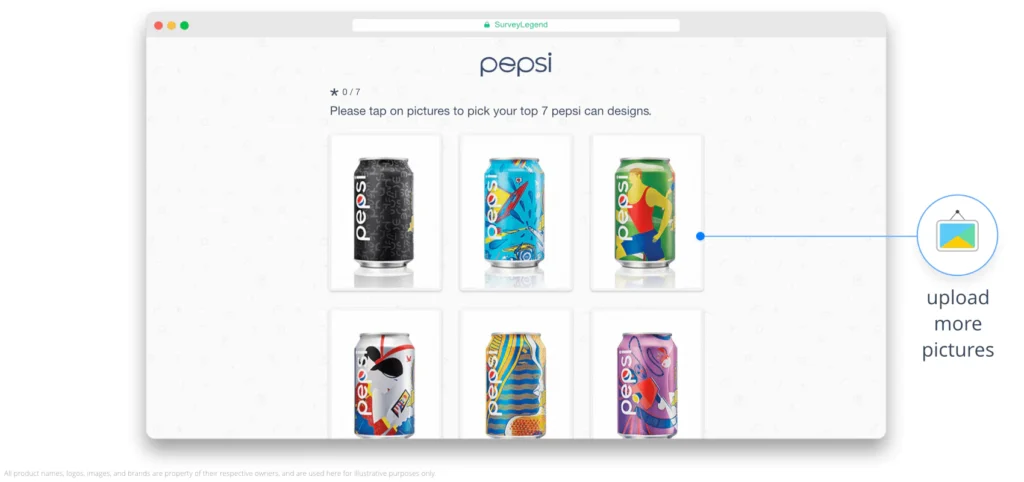
Get the Perfect Product Packaging Design Today.
Professional graphic designers are invaluable when it comes to creating an exciting and high-converting packaging design for your products. With their expertise, they can translate your brand’s identity, values, and messaging into visually stunning designs that captivate your target audience.
So, instead of designing your product packaging blindly, it’s best to hop on a call with Seter Graphic Labs.
Seter Graphic Labs understands the importance of balancing aesthetics with functionality, ensuring that your packaging not only looks great but also effectively communicates product information and influences purchasing decisions. With our skills and experience, you can have product packaging that not only excites customers and drive conversions and boosts your overall marketing success.
Want to learn more about Seter Graphic Labs? Click here.

